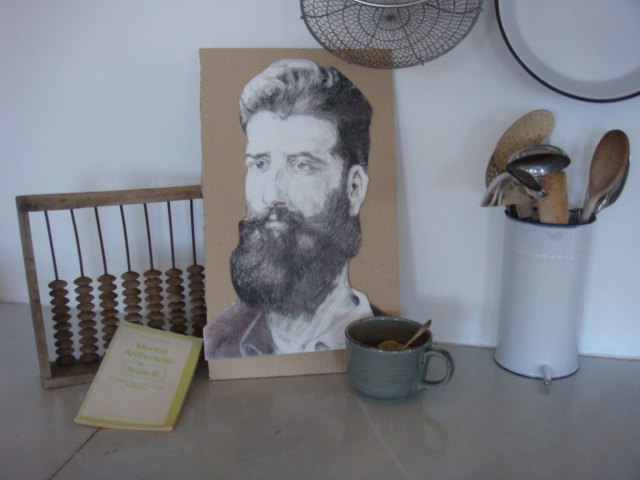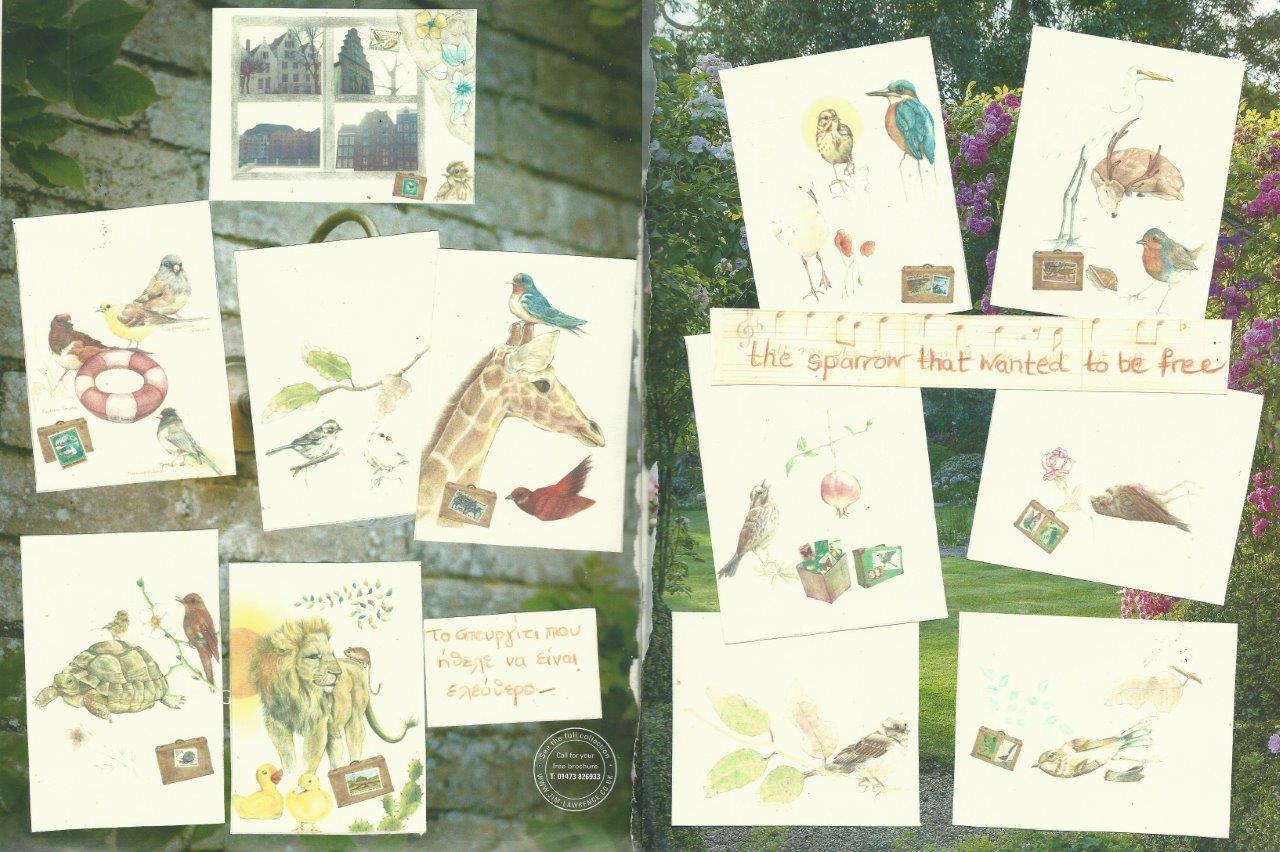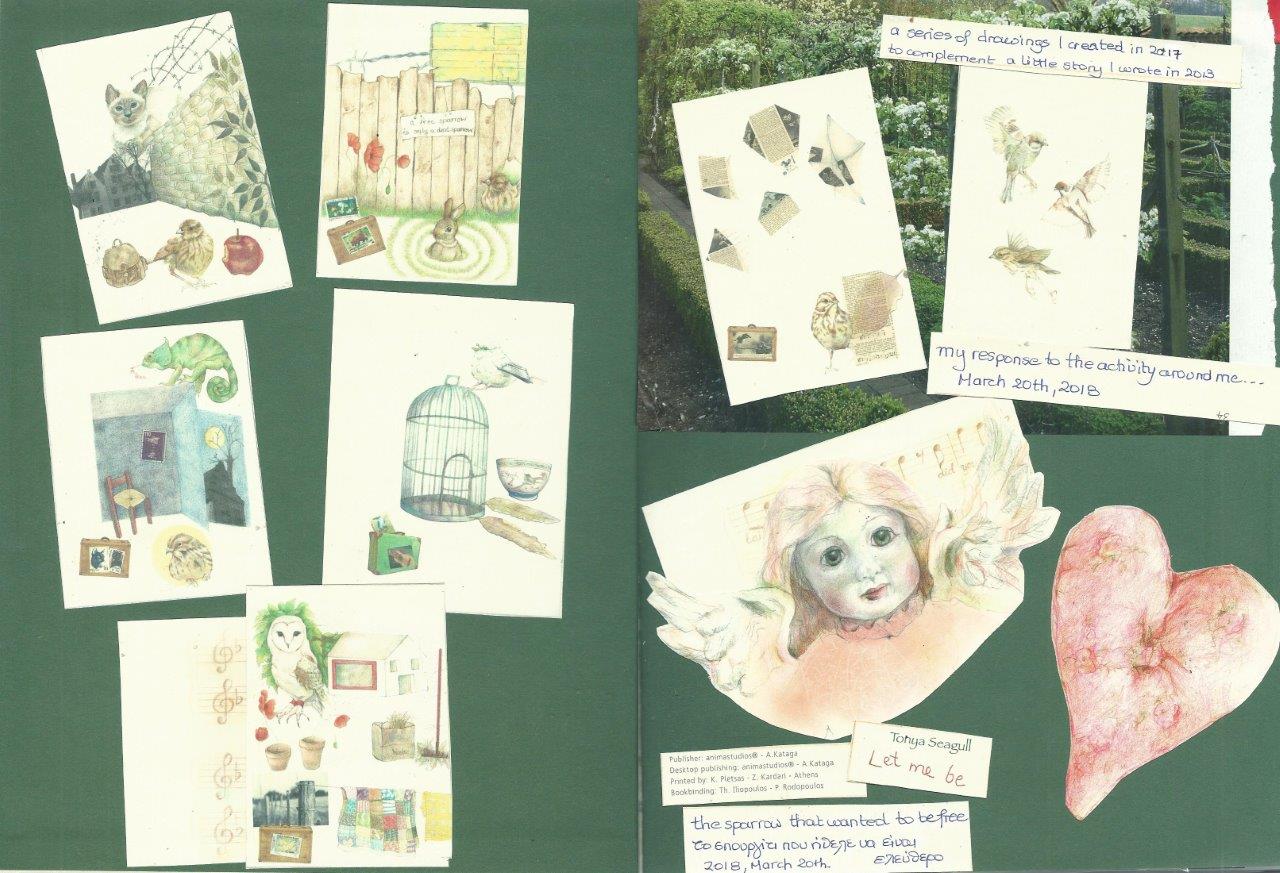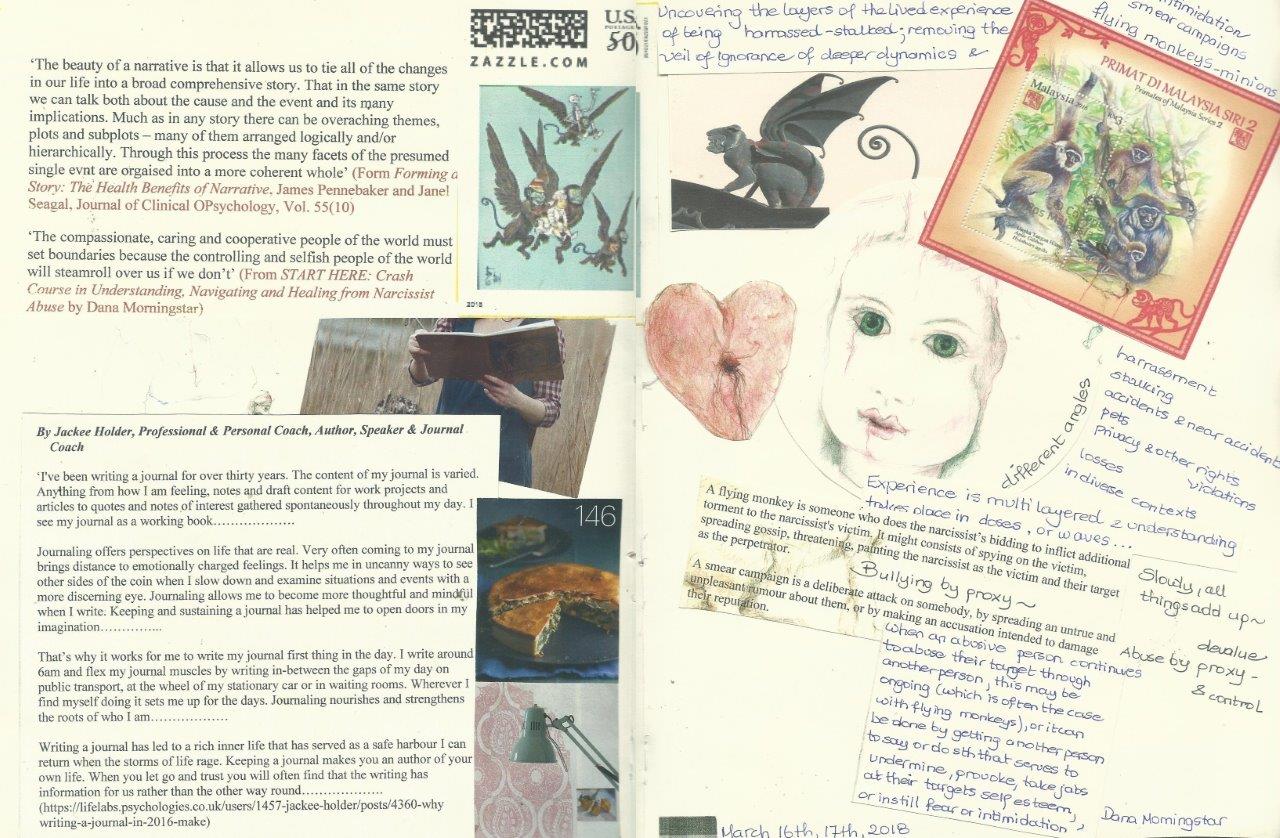
Moving beyond the abacus by Kelly Brogan
‘Here’s the big reveal: Once you get your abacus in order and reclaim beads you were unconsciously pushing to one side, you begin to move beyond the limited metrics of a quantifiable energy reserve……
You begin to enter your flow. I’ve bet you’ve heard of this flow concept but maybe you think it’s synonymous with “success.” It’s not. Getting into your flow is tapping into energy that’s not inherently yours. It’s ours. It belongs to the collective. Arranging your finite energy dispensation on the abacus is sort of like particle-based physics. You know, Newtonian physics where we thought mass was what it looked like—solid and finite. But then there’s the study of all that defies linear cause and effect: quantum physics, where “the field” organizes itself, donating mysterious and near-invisible sources of energy to those seemingly solid particles for outcomes that would have been otherwise impossible to predict. The rules of the abacus change: the less you do, the less you control; the simpler and quieter you get, the more magically gets done; and the greater your sense of safety, the more abundant and rich your life experience………
Accessing this flow can be a spontaneous awakening, or it can be, as I witness daily in my clinical approach to healing, a natural outcropping of physical healing and a truce with your body. It’s a way of sensing the path of your life through portals other than your eyes and ears. It’s about the power of your clear mind to literally generate potential and possibility that shouldn’t logically be there.
So take inventory on your mental and emotional tenants. Make sure you want to renew their lease. And see what life would feel like if you sent them packing and let nature grow some breathtaking scenescape where those dingy tenements once loomed’. (http://kellybroganmd.com/stop-your-energy-drain/?utm_source=Kelly+Brogan+MD+Newsletter&utm
An abacus, a poet and mental arithmetic
Last night I read Kelly Brogan’s article (extract posted above) on collective energy and flow and her abacus metaphor caught my attention and got me thinking and remembering, even feeling a bit nostalgic…. Her abacus metaphor also made me realise that perhaps my original numbers learning experience was linked to an abacus, though the memory is hazy and sometimes the abacus appears to be made of polished wood with brightly painted red, green, yellow and blue beads, and at other times it is made of cheap plastic and because the memory is so old and deep, and therefore more prone to confabulation I will leave it alone. At primary school I liked Arithmetic, especially the ten minute mental arithmetic wake up exercise we did first thing in class every morning. Now that I think back on the experience it was the perfect type of exercise for bringing us into the present moment and getting us into the lesson mode and out of our more scattered sleep, cereal and morning cartoon mode. Humphrey Bear is what readily comes to my mind. It grounded us in a fast way, for we had to be present and focused if we wanted to finish in time and also get 20/20. Many years later I got a wooden toy abacus and clock in one, to facilitate my teaching numbers and time to junior classes, but it eventually got passed on to others. However, during a work trip to Bulgaria I was attracted to a second hand very old abacus made of wood that had attained a lentil brown colour, I assume through dust and age, in a local flea market. I imagined how it may have belonged to a teacher of the thirties or forties and I liked to think of the many contexts it had been used and wondered how it had perhaps survived the war and how it had ended up in the market. I was there to assist with translation and interpretation and was also taking part in a small art exhibition with some pencil drawings of personal matter, but I was asked to make a portrait of their national poet, and so I made the charcoal drawing standing next to the abacus and the surviving mental arithmetic school book in the photo.
In her post ‘Moving beyond the abacus’ Brogan uses another great and very familiar metaphor to me. She writes ‘take inventory on your mental and emotional tenants. Make sure you want to renew their lease. And see what life would feel like if you sent them packing and let nature grow some breathtaking scenescape where those dingy tenements once loomed’. In Let me be the house with the tenants was both the description of my outer reality, for my parents did let out rooms to various tenants during my childhood, but the house and the tenants were also a metaphor of our internalised experiences of others, the energetic fragments of people that walk about our mind and move around our heart, of our intersubjectivity and of our inherited and self generated core beliefs and schemata, which often determine our emotional reality and responses. What we often forget to do is to check in and see if we are happy about renewing their lease.




